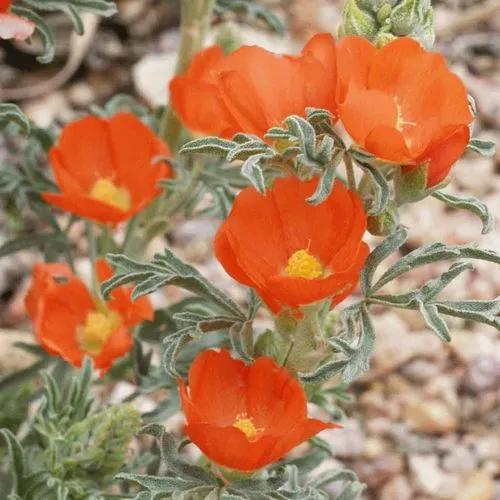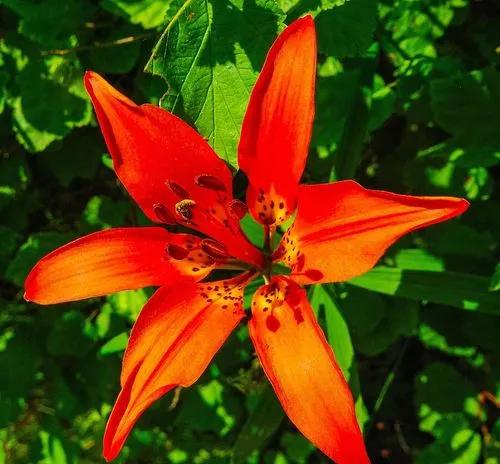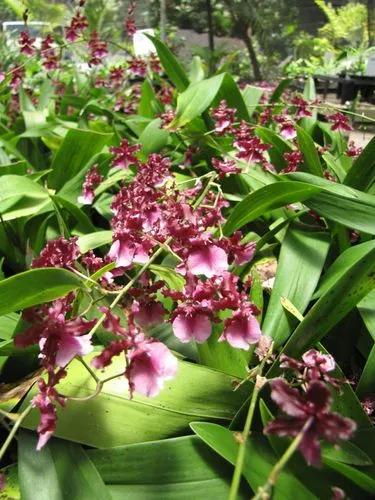Biennial herb 50 - 120 cm high with slightly pubescent stems. Stipules 3 - 5 × 2 - 4 mm, ovate-lanceolate, petioles. 2 - 15 cm long, covered down from the underside of the leaves. 3 - 11 × 2 - 11 cm, rounded or nearly round, almost smooth, five to seven-lobed, with a serrated edge. Flowers in axils of leaves, collected in three stems 0.2 - 4 cmM Leaves are petiolate, round-cordate, with five to seven lobes, or incised, pubescent. Flowers one to five in leaf axils; in very few types of inflorescences - brushes. The petals are deep, lamellar, oblong-obovate, pink, with three dark longitudinal stripes. Blooms from June to August. The fruit is a polysperm.
Bismalva Tournefortiana Care
Malva tournefortiana



An aqueous infusion of mallow flowers is used internally and externally for coughing, catarrh of the upper respiratory tract, with hoarseness. Leaves and roots have the same application. Leaves and flowers (or the whole plant) of wild mallow are included in hot bath mixtures for spleen tumors. Como ya se comentó unas líneas arriba, en M. tournefortiana los mericarpos son de glabros a algo pubescentes, pero en concreto, las poblaciones de la costa W asturiana, las de Galicia y las de la costa W portuguesa, tienen los mericarpos casi siempre glabros, lo que podría corresponder al taxon Malva colmeiroi Willk, que algunos autores consideran un taxon diferente y otros un mero sinónimo de M. tournefortiana. Dilucidar esto requeriría más estudios.Flowers from June to August. The fruit is a discoid schizocarp formed by 10-15 mericarps (parts that separate when ripe and contain a single seed) of about 2 mm, indehiscent, monosperm, smooth or faintly sulcate on the back, glabrous or somewhat pubescent, colored dark brown or blackish. Reniform, smooth and brown seeds.
Discover more plants with the list below
Popular articles






